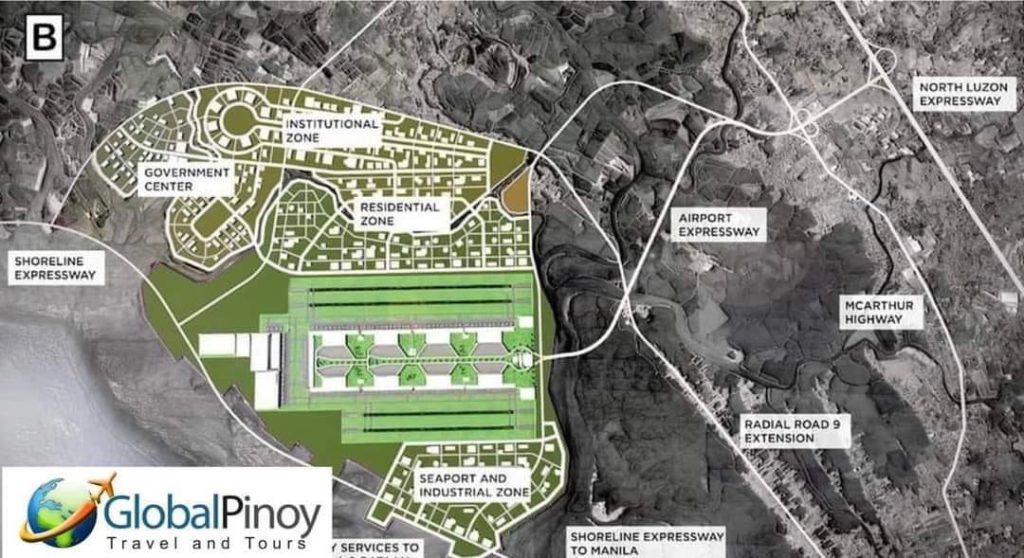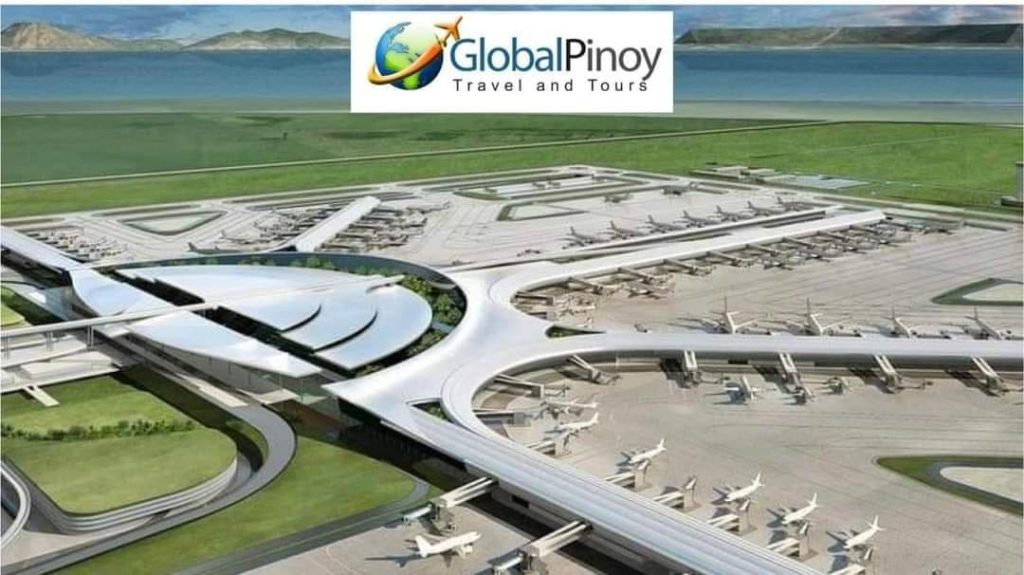
The long-awaited New Manila International Airport (NMIA) project is on track to achieve a significant milestone, with land development expected to be completed by December 2024. This ambitious project, poised to become the largest and most sophisticated airport in the Philippines, aims to address the severe air traffic congestion plaguing Manila’s existing airport infrastructure.
Once operational, NMIA is anticipated to accommodate an initial capacity of 35 million passengers annually, eventually scaling up to 100 million as the project develops in phases. This transformation is seen as crucial for boosting the Philippine economy and enhancing its status as a premier tourist destination in Southeast Asia.

The NMIA project, which spans an impressive 2,500 hectares in Bulacan, is the largest single investment in the country’s history. It is spearheaded by San Miguel Corporation (SMC), which has reported that the land development phase is currently 77% complete. The completion of this phase will pave the way for construction to begin in 2025, with operations slated to commence in 2027.
Local officials and economic analysts herald the NMIA as a game-changer for the region. By providing state-of-the-art facilities and services, the airport is expected to generate tens of thousands of jobs and attract significant foreign and domestic investment. The project is not only seen as a solution to the overburdened Ninoy Aquino International Airport (NAIA) but also as a catalyst for economic growth in Bulacan and surrounding areas.
The new airport will help reduce congestion at NAIA and other airports in the Greater Capital Region, allowing for a more efficient travel experience for both passengers and cargo. As part of a broader infrastructure initiative, NMIA will be complemented by new expressways and improved mass transit systems aimed at further alleviating traffic in Metro Manila.
Local stakeholders are optimistic about the benefits the NMIA will bring to Bulacan’s economy. The airport is projected to generate substantial revenue through tourism and business opportunities, positioning the region as a vital hub for trade and travel.
With the NMIA project gaining momentum, its successful completion could transform the Philippines into a key player in the global aviation market, providing a modern gateway to the nation and the wider Southeast Asian region. The completion of land development by December 2024 marks a significant step forward in realizing this vision, promising to reshape the landscape of air travel in the Philippines for years to come.




